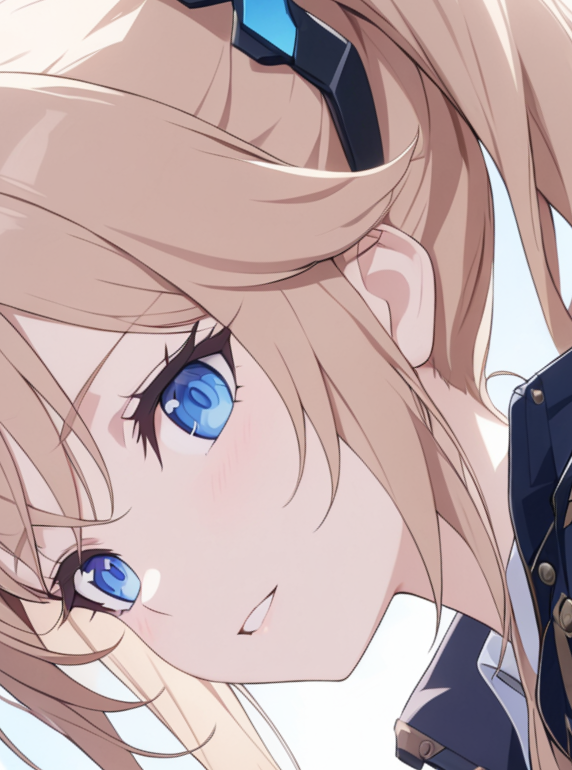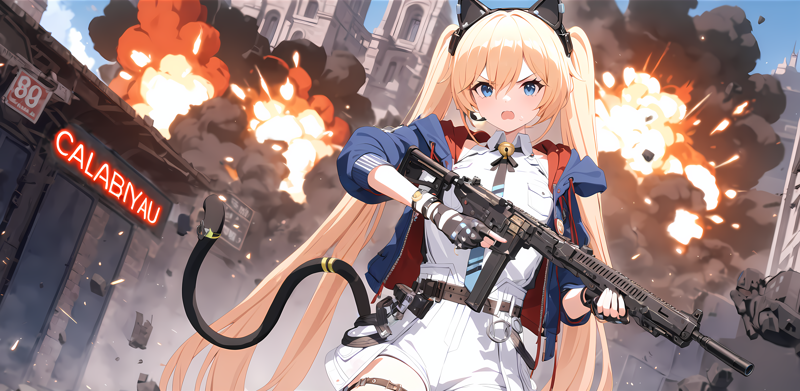Introduction
There are many times when you want to create a Lora of your favorite character but when you search for a Dataset, you only find 3-10 images. This method allows you to expand your Dataset without this limitation and get a pretty good result.
Data Augmentation
is a technique used in machine learning, particularly in computer vision, to artificially increase the size and diversity of a training dataset by applying various transformations to the original data. The goal is to improve the generalization ability of a model and reduce overfitting by exposing the model to variations of the input data that it might encounter in real-world scenarios.
Key Points of Data Augmentation:
Enhances Dataset Size: It artificially increases the number of training examples without actually collecting new data.
Improves Model Generalization: By exposing the model to diverse variations of the data, it learns to generalize better to new, unseen data.
Reduces Overfitting: When training data is limited, models can overfit by memorizing the small dataset. Augmentation helps combat this by creating new examples.
Common Techniques in Data Augmentation for Images:
Rotation: Rotating the image by a random degree (e.g., 15, 30, or 90 degrees).
Flipping: Horizontal or vertical flipping of the image to create mirror versions.
Scaling: Zooming in or out of the image by adjusting the size.
Cropping: Randomly cropping parts of the image and resizing it back to the original size.
Translation: Shifting the image along the X or Y axis.
Brightness Adjustment: Increasing or decreasing the brightness of the image.
Contrast Adjustment: Changing the contrast to make the image darker or lighter.
Adding Noise: Introducing random noise (e.g., Gaussian noise) to make the image more varied.
Shearing: Applying a shear transformation to the image to stretch it in one direction.
Color Jittering: Randomly changing the hue, saturation, or color values.
Retrain process : After you train Lora, you can use it with other Base models that are not related to your model, create your own images to create a Dataset.
** 11 If you use your own model to generate images, it will cause your model to overfit.
Example:
If you have an image of a cat, you can use data augmentation techniques to create several variations of the same image by rotating it, flipping it horizontally, changing its brightness, etc. These variations help the model learn that even though the appearance of the image changes, it's still an image of a cat.
Show case
I wanna train Lora Calabiyau - Michele
but this character has a very small dataset.
this image from my Lora is not dataset

In next Rotation it easy

Techniques Flipping
But this Techniques . You have to be careful about the character's asymmetry. If you have a hair clip that only attaches to one side of your character, flipping it will distort your Lora.
It will help your model to recognize the character from a variety of perspectives.

Other Technique i think you understand
Benefits of Data Augmentation:
Reduces Data Collection Costs: It allows models to learn better with limited data by artificially expanding the dataset, thus saving time and resources on collecting new data.
Improves Performance: Models trained with augmented data generally perform better in real-world scenarios.
Helps in Dealing with Imbalanced Datasets: By augmenting minority class data, it helps balance the dataset and reduce bias.
Epoch 11 result test



